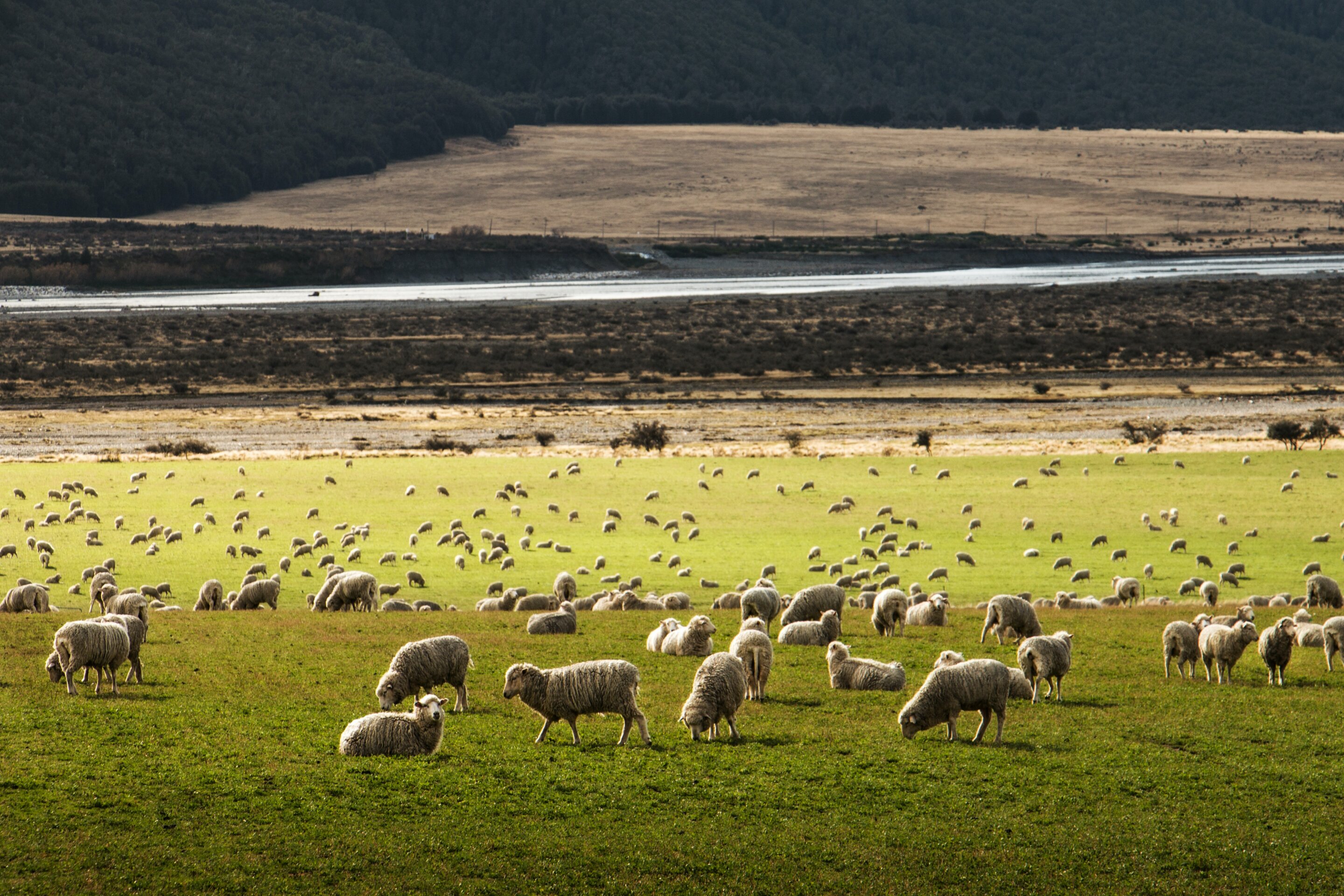The nutritional value of meat must be considered when comparing carbon footprints—that is the key message from a recent study undertaken by Hybu Cig Cymru—Meat Promotion Wales (HCC), Bangor University, Queen’s University, and the Agri-Food and Biosciences Institute (AFBI).
The paper, published in the journal Frontiers in Sustainable Food Systems using data from the Welsh Lamb Meat Quality project, focuses on different lamb production systems, specifically the “finishing” period—at the end of which lambs have reached the required weight, meat and fat cover for the market, and ultimately, the consumer.
Welsh farms have various lamb production systems, from low-input systems, where lambs receive little to no inputs and their diets are overwhelmingly grass-based, to higher-input systems where lambs may receive concentrate feed alongside grass or other forage. For the first time, this study specifically explores the effect of the finishing diet on the carbon footprint of lamb meat on a nutritional basis.
Hybu Cig Cymru—Meat Promotion Wales’s Future Policy and Project Development Executive Dr. Eleri Thomas, co-author on the paper, said, “The results published in this paper are great news for the farming sector. We know that lamb production systems are under increasing pressure to reduce their environmental footprint, particularly emissions of greenhouse gases. However, current metrics used to express the carbon footprint of lamb seldom consider its nutritional density and the contribution it can make to balanced diets in humans.”
The new research explains that lamb can be a valuable source of polyunsaturated fatty acids, such as omega-3 and omega-6 fatty acids, which play an important part in human health. Data were collected from 33 farms that finished lambs on one of four distinct diets: forage crops, grass, concentrates, or grass and concentrates.
The team at Bangor University then used this data to estimate the carbon footprint of lamb produced from each system. This involved looking at the amount of each input used on the farm and calculating the carbon costs of those inputs, the number of livestock on the farm, and the amount of output (in this case, kg of lamb produced). This meant the carbon equivalent emissions per unit of product (the carbon footprint) could be calculated.
The level of polyunsaturated fatty acids in two important cuts of lamb were then measured, to determine the carbon footprint per unit of omega-3 polyunsaturated fatty acids. When a conventional mass-based functional unit was employed, lambs finished on grass diets had on average the highest carbon footprint. However, when omega-3 polyunsaturated fatty acids content was accounted for, the grass diet had the lowest carbon footprint for cuts from the loin.
Market intelligence, Research and Development Senior Officer for Hybu Cig Cymru—Meat Promotion Wales, Elizabeth Swancott, said, “Typically, carbon footprint assessment of foods use mass-based units, where the carbon emissions are simply considered per kg of the food product. This can be useful for comparing the environmental efficiencies of different farming systems; however, they do not reflect how different farming systems impact the nutritional differences of the final product.
“This study demonstrates the importance of considering nutrition when expressing and comparing the carbon footprints of nutrient-dense foods such as lamb.”
More information:
Louise C. McNicol et al, The nutritional value of meat should be considered when comparing the carbon footprint of lambs produced on different finishing diets, Frontiers in Sustainable Food Systems (2024). DOI: 10.3389/fsufs.2024.1321288
Citation:
Nutritional value of meat should be considered when comparing carbon footprints, says study (2024, March 8)
retrieved 9 March 2024
from https://phys.org/news/2024-03-nutritional-meat-carbon-footprints.html
This document is subject to copyright. Apart from any fair dealing for the purpose of private study or research, no
part may be reproduced without the written permission. The content is provided for information purposes only.


